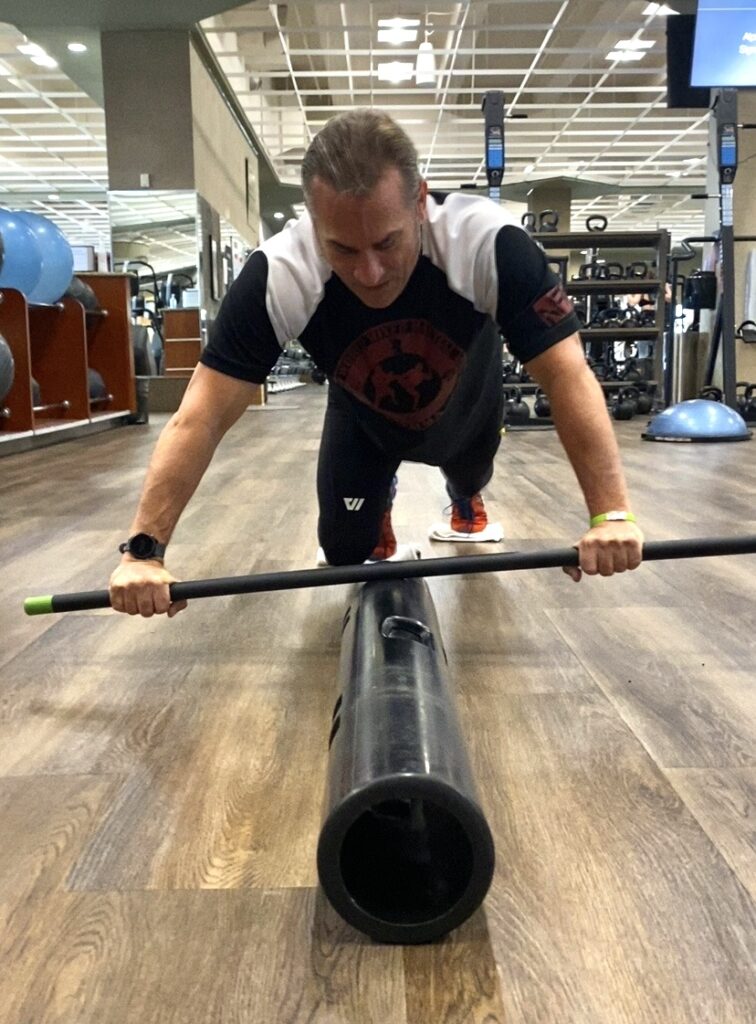
Mountain biking is an exciting sport that combines speed, skill, and adventure. To fully enjoy the trails safely and confidently—and to keep progressing—it’s crucial to incorporate stability into your training. The sport demands more than just strength and endurance; it requires control, balance, and the ability to remain steady over challenging terrain. Many riders focus heavily on building strength, but without stability, that strength can actually work against them. By emphasizing stability in your training, you ensure that your strength enhances your ride, helps maintain control, and prevents injuries.
Here’s why adding stability exercises to your routine isn’t just beneficial — it’s essential.
The Importance of Stability in Your Training Routine
Think of strength training without stability like building a house with a strong foundation but no internal frame. The foundation may be solid, but without the proper framing, the structure is vulnerable to wobbling, collapsing, or breaking under pressure. The same applies to your body when riding. You can develop powerful muscles, but if your stabilizer muscles aren’t active and strong, your body struggles to maintain the control and precision needed for optimal performance.
For mountain bikers, this means:
Wobbly control over uneven or technical terrain
– Reduced agility during sharp turns and descents
– Increased risk of falls and injuries, especially on challenging features
– Faster fatigue, as your body isn’t efficiently supporting movement
And as you age, neglecting stability impacts your performance even more. Natural declines in muscle mass, joint stability, and proprioception (body awareness) make it harder to control your bike and stay safe. Building a solid stability foundation isn’t just about injury prevention; it’s essential for pushing your limits and riding at your best.
Why Stability Matters: The Benefits for Mountain Bikers
Age-Proof Your Ride
As you get older, maintaining stability becomes even more critical. It helps counteract natural declines in muscle mass and joint control, keeping you active and injury-free on the trails.
Stability vs. Strength: The Perfect Pair
Strength training is vital—powerful legs, glutes, and core muscles help you climb, sprint, and power through tough sections. But without stability, all that power can be unstable. It’s like having a sports car with a powerful engine but no suspension — you’re fast, but unsteady and prone to losing control.
The real magic happens when strength and stability work together. Stability exercises reinforce your nervous system to activate muscles properly, improving your overall control and ability to handle technical terrain.
Remember: stability is a skill that needs consistent practice, just like riding. Over time, your control, confidence, and resilience will grow.
If you want to ride smarter, safer, and stronger—especially as you age—you can’t afford to ignore stability training. It’s the secret ingredient that turns raw strength into refined, reliable control. Start small, stay consistent, and enjoy the trails with confidence, control, and safety for many years to come.
Key stabilizer muscles important for mountain biking:
Transverse Abdominis – Deep core muscle that supports the spine and maintains intra-abdominal pressure.
Multifidus – Small muscles along the spine that stabilize vertebrae.
Pelvic Floor Muscles – Support pelvic stability and core control.
Obliques (Internal and External) – Assist in rotational stability and control during turns.
Deep Neck Flexors – Support head and neck stability, especially during aggressive riding.
Hip Stabilizers (Glute Medius and Minimus) – Help control the pelvis during movement and support lateral stability.
Quadratus Lumborum – Stabilizes the lower back and aids in lateral bending.
Ventral Serratus Anterior – Supports scapular stability for shoulder control during handling.
Lower Trapezius – Helps stabilize the scapula during upper body movements.
Strengthening these muscles improves overall control, reduces fatigue, and helps prevent injuries while mountain biking.
Enhanced Control and Confidence
Stability training improves your ability to stay centered and balanced on your bike, especially on tricky sections. This confidence translates into smoother rides and the ability to tackle more difficult trails.
Injury Prevention
Strong stabilizer muscles support your joints and help distribute forces evenly. This reduces strain and the risk of common injuries like sprains, strains, or overuse injuries.
Improved Technique and Efficiency
With better stability, your body maintains optimal positioning, allowing for better power transfer and more efficient pedaling. You’ll ride longer with less energy drain.
Faster Reaction Time and Better Decision-Making
A stable core and proprioception allow you to react quickly to unexpected obstacles or trail features, helping you make smarter, safer moves.
Progression and Skills Development
Good stability helps you confidently attempt new tricks, features, or technical sections. It’s the foundation for mastering advanced skills.
